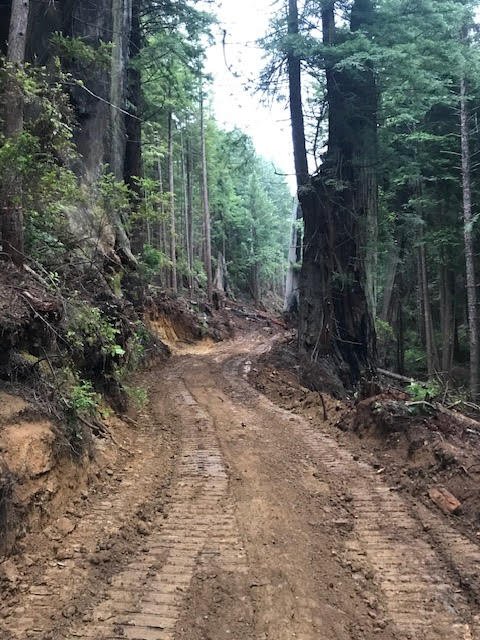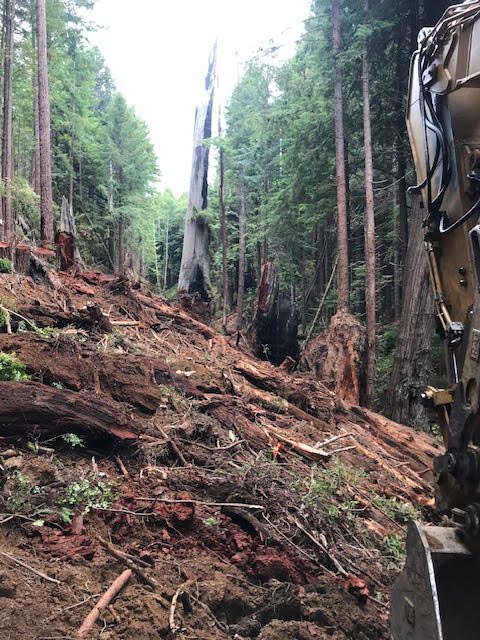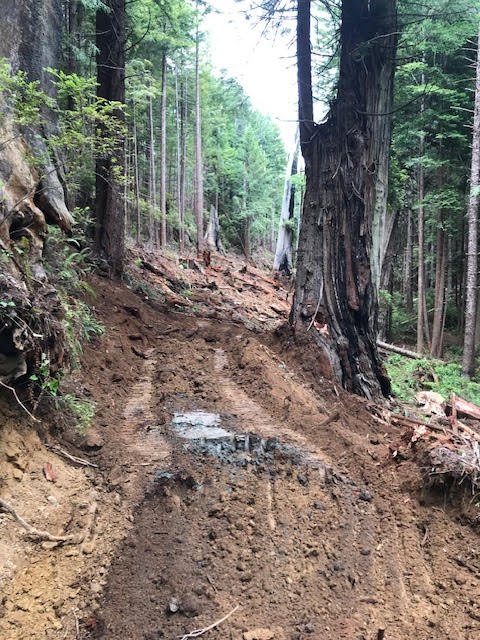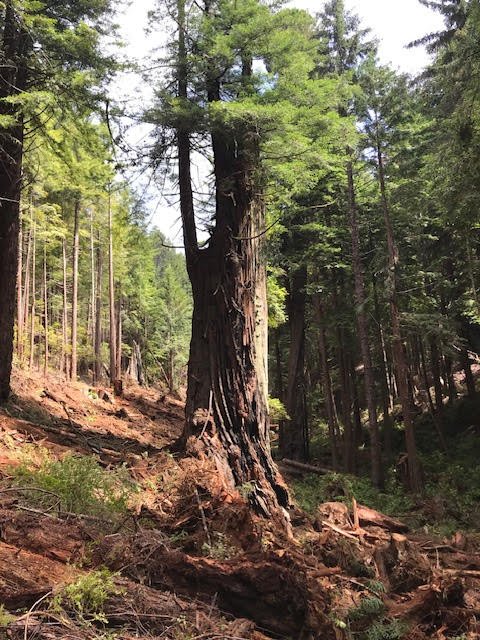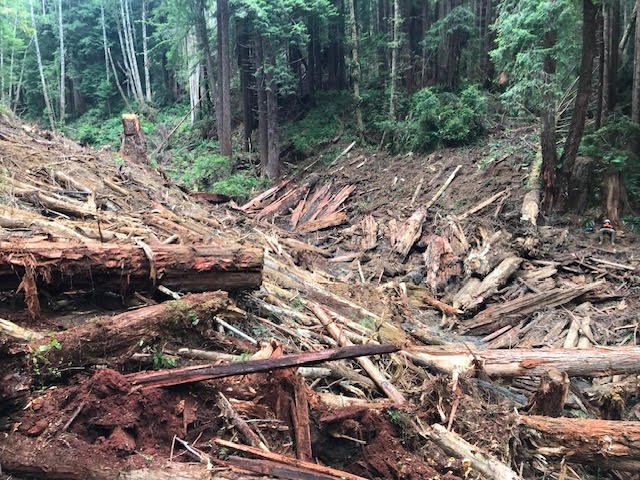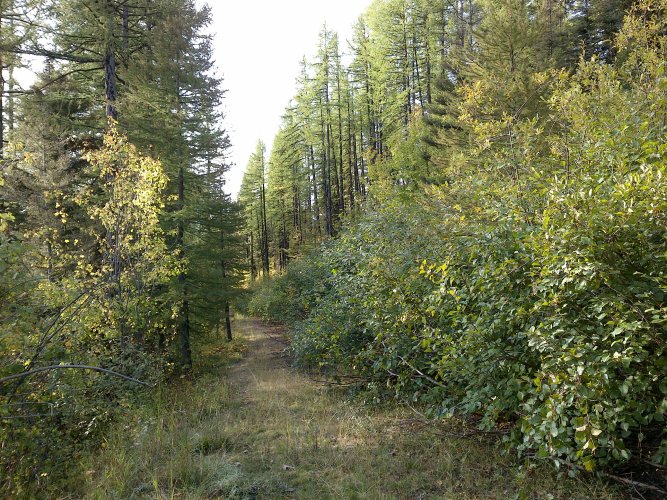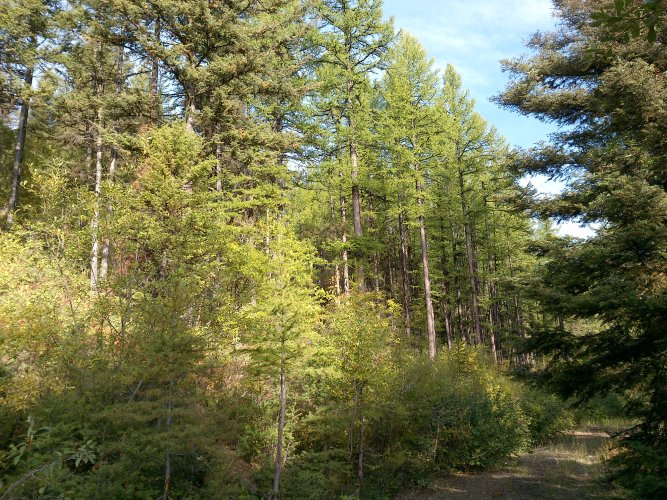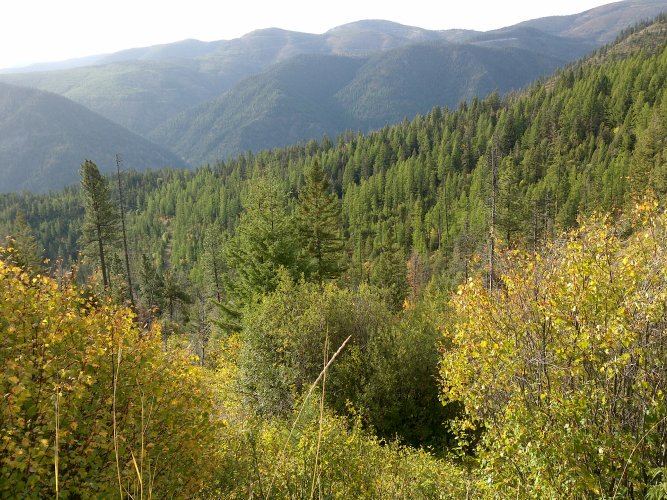SAJ-99
Well-known member
A good topic for discussion. I can see some positives and negatives. Maybe someone in the area that has seen the work can give some insight.

 www.smithsonianmag.com
www.smithsonianmag.com

The Case for Destroying Old Forest Roads
Can demolishing abandoned dirt paths point the way to a more sustainable future?




